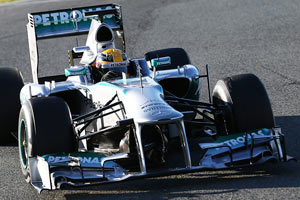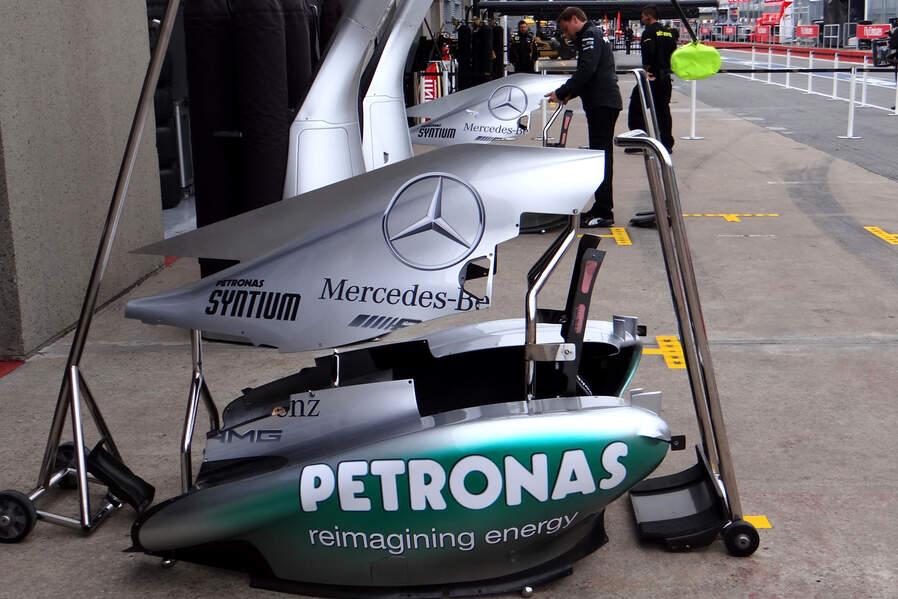Exactly.variante wrote:The job a diffuser has to do is to accelerate air at its throat: this is where downforce is created. Then (and only then), because of its geometry, it inevitably slows the flow down.timbo wrote:Except that diffuser slows flow down
The trick is not the slowdown behind the throat but the acceleration to a higher speed upstream, i.e. as you pointed out in the throat. This results from the fact that air can be considered incompressible at these speeds. Therefore the speed in a given volume flow is linear to the cross section at any given point along the flow (if we leave spillage aside).
In a perfect world it would slow down only back to the original speed of the air.That would be the Maximum downforce you could extract from a diffuser of a given geometry.
Every further slowdown means a loss of downforce but is in reality inevitable due to drag effects around all the bodywork.
Therefore you want as good an airflow above the diffuser as possible. This will directly affect the downforce.









